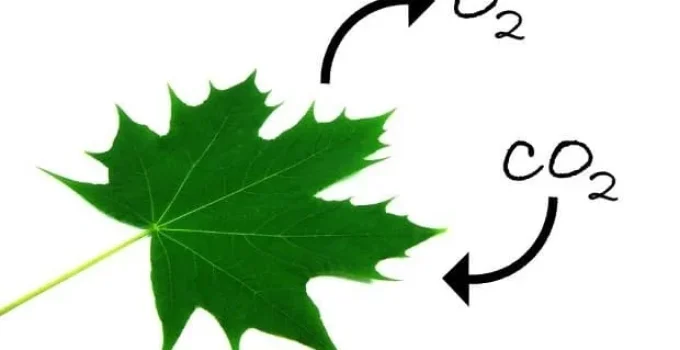⛏️Break It Down
- 🌫️ What Is Carbon Dioxide?
- 🔥 Combustion: Making CO₂ from Burning
- 💨 Cellular Respiration: How Our Bodies Make CO₂
- 🌱 Other Ways CO₂ Is Produced
- 🧪 The Chemical Equation for CO₂
- 🎯 Final Thoughts
- 📚 References
🌫️ What Is Carbon Dioxide?
Carbon dioxide (CO₂) is a colorless, odorless gas that’s found in the air, our bodies, and the natural world. It’s made of one carbon atom and two oxygen atoms, and it forms through chemical reactions.
So, how is carbon dioxide actually formed? The answer depends on what’s happening — whether it’s a burning fire, your breathing body, or volcanoes releasing gas. Let’s break it down.
🔥 Combustion: Making CO₂ from Burning

One of the most common ways carbon dioxide is made is through combustion — the chemical name for burning.
When something burns, especially materials containing carbon (like wood, coal, oil, or gas), it reacts with oxygen (O₂) in the air. This chemical reaction gives off energy (heat and light) and creates carbon dioxide.
Example:
Wood + O₂ → CO₂ + energy
This is the same process that powers:
- 🔥 Campfires
- 🚗 Car engines
- 🏭 Factory machines
All of them burn carbon-based fuels, and the result is carbon dioxide gas.
📊 Stat Line: According to the U.S. Environmental Protection Agency (EPA), burning fossil fuels like coal and oil makes up about 75% of all human-made CO₂ emissions worldwide [1].
💨 Cellular Respiration: How Our Bodies Make CO₂
We make carbon dioxide too — every time we breathe out.
Inside our cells, we break down glucose (sugar) for energy in a process called cellular respiration. This chemical reaction uses oxygen and produces carbon dioxide as a waste product.
Cellular Respiration Equation:
C₆H₁₂O₆ + 6O₂ → 6CO₂ + 6H₂O + energy
This reaction happens in mitochondria, the “power plants” inside your cells.
👃 That’s why you breathe in oxygen and breathe out carbon dioxide!
🌱 Other Ways CO₂ Is Produced
Carbon dioxide isn’t just made by burning or breathing. It also comes from:
🌋 Volcanic Eruptions
- Volcanoes release CO₂ trapped in Earth’s crust.
🧁 Baking
- Yeast in bread dough produces CO₂ gas, which makes bread rise:
- Sugar → alcohol + CO₂ (fermentation)
🧪 Chemical Reactions
- Vinegar + baking soda makes fizz by releasing CO₂:
- NaHCO₃ + CH₃COOH → CO₂ + H₂O + salt
🧊 Decomposing Plants and Animals
- When living things die and break down, bacteria release CO₂ into the air.
📌 Quick Fact: The carbon in CO₂ comes from organic materials — anything that was once alive.
🧪 The Chemical Equation for CO₂
Carbon dioxide forms when carbon atoms bond with oxygen atoms. The most basic formula looks like this:
C + O₂ → CO₂
This is called a synthesis reaction, because two substances combine to form a new one.
CO₂ has double covalent bonds, which means the carbon atom shares two pairs of electrons with each oxygen atom. This makes it very stable — and hard to break apart.
🎯 Final Thoughts
Carbon dioxide is formed in many ways, from burning fuels and breathing to baking bread and erupting volcanoes. At its core, CO₂ is made when carbon atoms combine with oxygen — either in a fiery blaze or a quiet cell.
Whether you’re roasting marshmallows or jogging through the park, carbon dioxide is being formed all around — and even inside — you. By understanding how it forms, we learn more about chemistry, climate, and life itself.
📚 References
- U.S. Environmental Protection Agency (EPA). “Sources of Greenhouse Gas Emissions.”
https://www.epa.gov/ghgemissions/sources-greenhouse-gas-emissions - Khan Academy. “Cellular Respiration.”
https://www.khanacademy.org/science/biology - Britannica. “Carbon Dioxide – Chemistry.”
https://www.britannica.com/science/carbon-dioxide - National Geographic. “Carbon Cycle.”
https://education.nationalgeographic.org/resource/carbon-cycle
